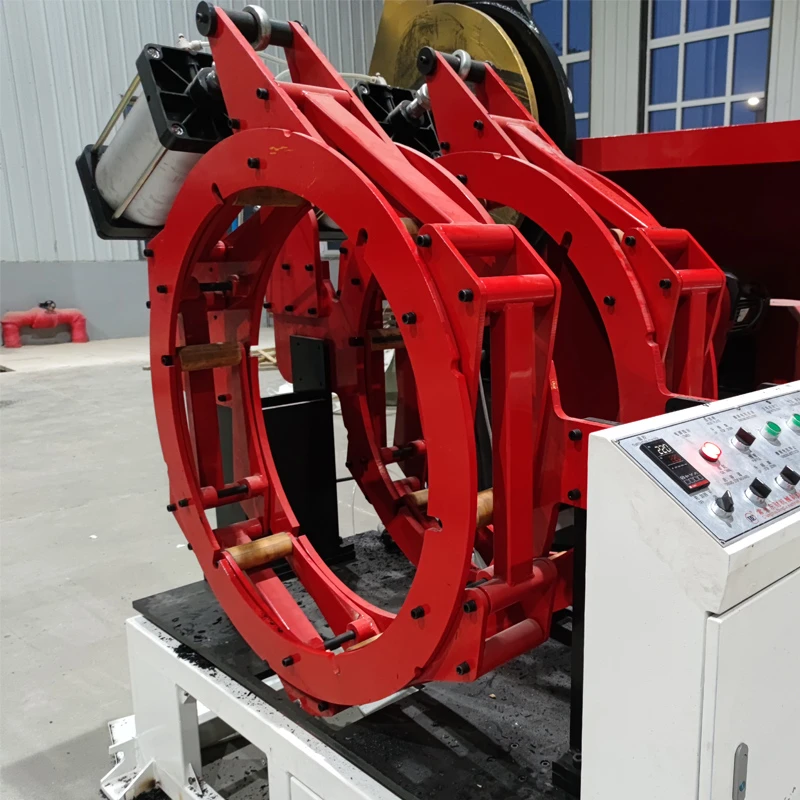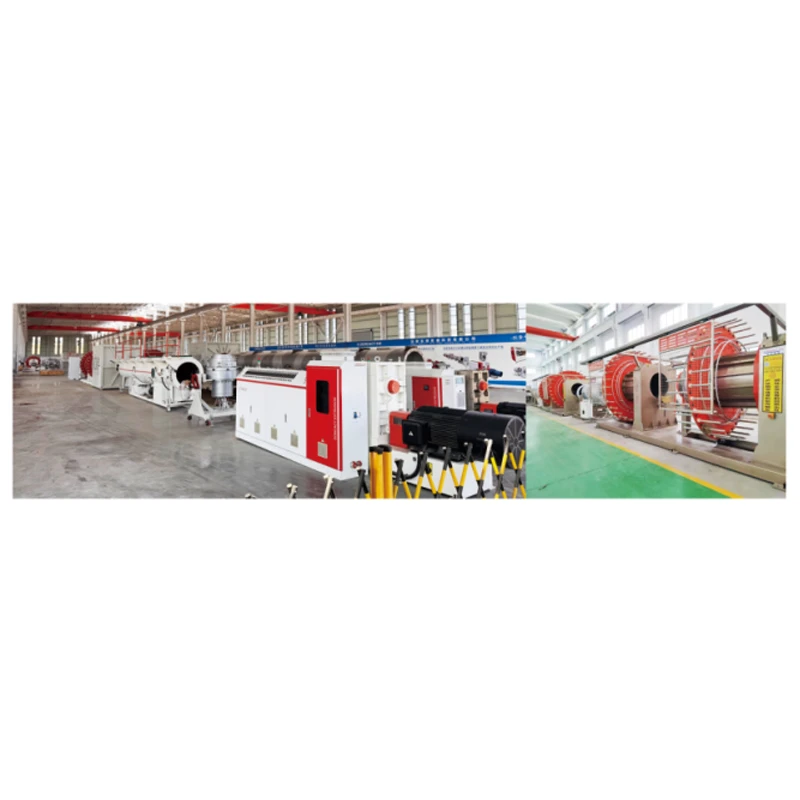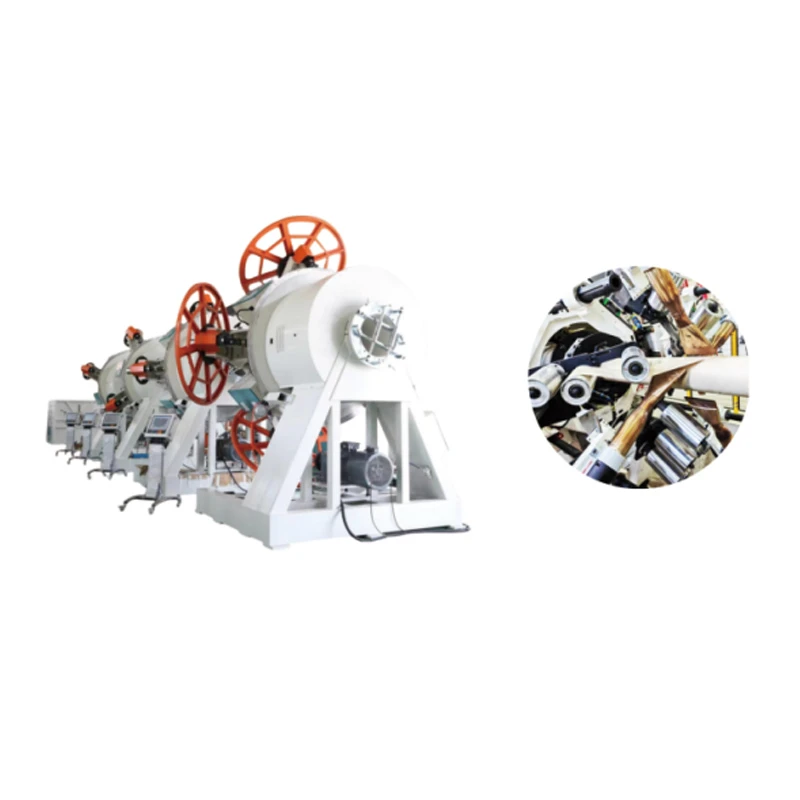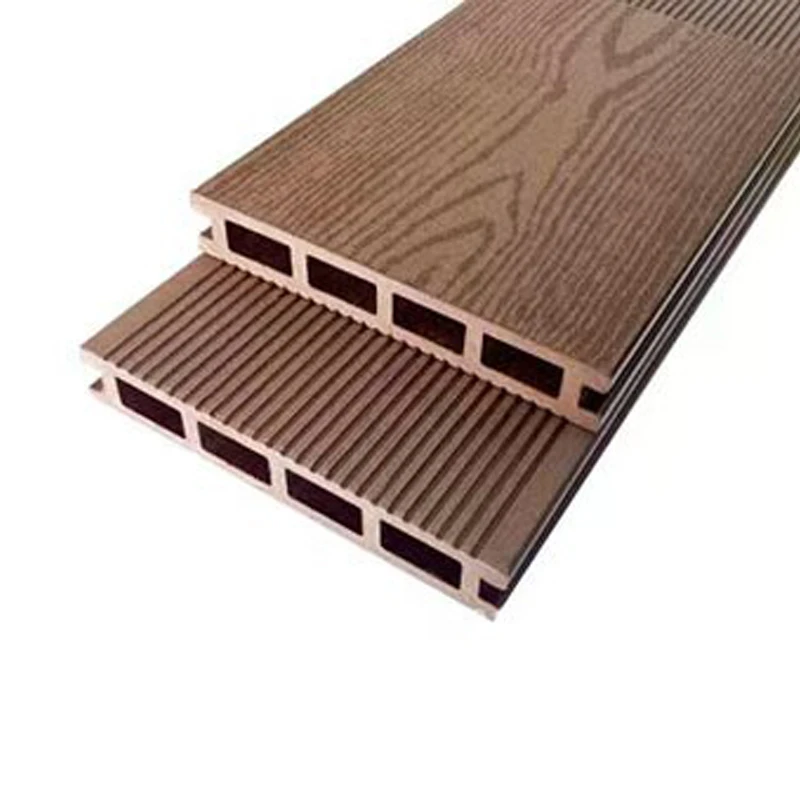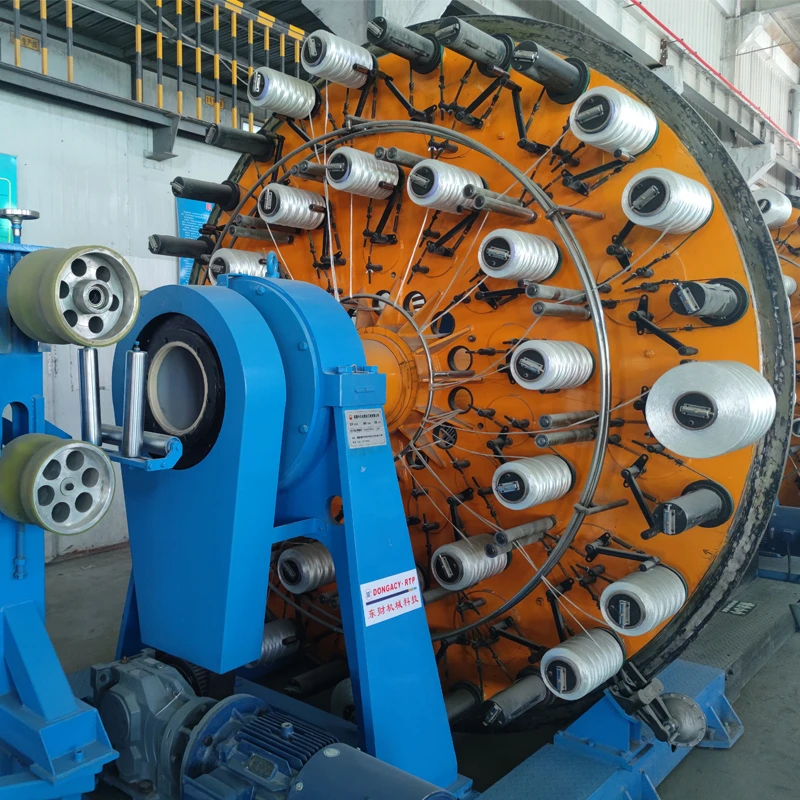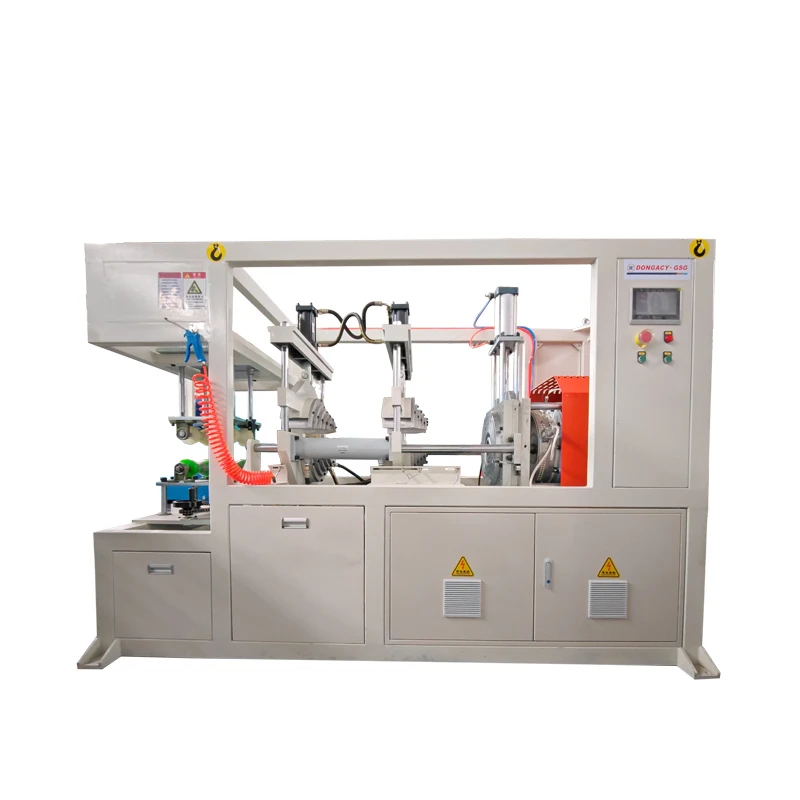
This comprehensive guide covers essential aspects of polypropylene extrusion machine
ry. The main sections include:
- Fundamental principles of extrusion technology
- Core technical capabilities and advantages
- Comparative analysis of leading manufacturers
- Customization options for specific requirements
- Industrial application case studies
- Operational efficiency and maintenance considerations
- Industry evolution and future innovations
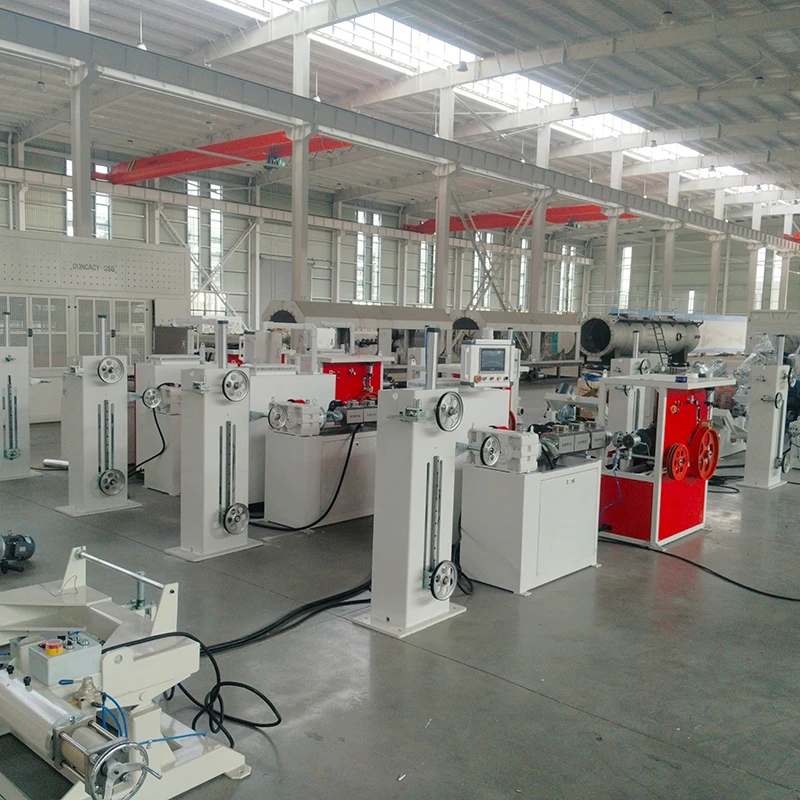
(polypropylene extrusion machine)
Understanding Polypropylene Extrusion Machine Fundamentals
Polypropylene extrusion machines transform raw polymer pellets into continuous profiles through controlled heating and pressure systems. The extrusion process begins with PP pellets entering the barrel through a hopper where rotating screws convey material forward. As pellets travel through temperature-controlled zones, they melt into homogeneous viscous fluid achieving temperatures between 190-280°C. This molten polymer is then forced through specialized die openings that shape the material before cooling systems solidify the profile.
Modern extrusion compounding machines enhance functionality with inline additives introduction during processing. Multiple gravimetric feeders precisely meter colorants, UV stabilizers, or reinforcing agents directly into the melt stream without interrupting production. Advanced variations like co-rotating twin-screw extruders provide superior mixing capability for complex formulations requiring particle dispersion under 5 microns.
Technical Specifications and Capabilities
High-performance extruders deliver measurable advantages throughout production cycles. Energy consumption reductions of 18-22% are achieved through:
- Barrier screw designs improving melting efficiency
- Variable frequency drives eliminating hydraulic losses
- Advanced insulation packages reducing thermal dissipation
Processing stability directly correlates with precision components. Hardened screws with specialized coatings maintain ±0.5°C temperature uniformity across processing zones. Dual-stage vacuum degassing systems achieve volatile removal exceeding 99%, eliminating bubble formation in critical medical or food-grade applications. Torque density enhancements now reach 15Nm/cm³ in premium models.
Manufacturer Performance Comparison
| Manufacturer | Output (kg/h) | Power Efficiency | L/D Ratio | Pressure (bar) | Price Tier |
|---|---|---|---|---|---|
| KraussMaffei | 2200-3500 | 0.21 kWh/kg | 48:1 | 550 | Premium |
| Milacron | 1800-3000 | 0.23 kWh/kg | 40:1 | 500 | High |
| Battenfeld | 1500-2700 | 0.26 kWh/kg | 36:1 | 480 | Mid |
| JSW | 1300-2500 | 0.28 kWh/kg | 34:1 | 450 | Value |
Leading German manufacturers demonstrate significant advantages in production metrics according to industry benchmarking studies. The L/D ratio difference between premium and value-tier equipment creates measurable impact on melt homogeneity. KraussMaffei's 48:1 systems provide 23% greater dispersion uniformity than 34:1 configurations according to ASTM testing protocols.
Customization Solutions
Sophisticated manufacturers now offer modular configurations adapting to specific production challenges:
- Multi-layer extrusion systems: Triple-layer configurations with individual thickness control down to 0.05mm precision
- Adaptive automation packages: Integrated quality monitoring with closed-loop parameter adjustment
- Material-specific screw designs: Optimized geometries for filled PP compounds or recycled materials
A leading automotive supplier achieved 38% cycle time reduction with customized 3 layer extrusion machine integrating in-line thickness measurement. The system automatically adjusted die gaps while compensating for recycled material viscosity variations. Configuration options increasingly incorporate Industry 4.0 compatibility with OPC-UA interfaces enabling predictive maintenance protocols.
Industrial Application Case Studies
Medical Packaging: A European converter implemented specialized extrusion compounding machines with vacuum degassing modules achieving Class VII cleanroom certification. Particulate contamination levels reduced below 50 particles/m³ while maintaining 2.8 tons/hour production speeds.
Automotive Components: A tier-1 supplier's co-extrusion system produces multi-material sealing profiles with integrated EPDM/PP bonding at 12 meters/minute. The proprietary die design maintains ±0.15mm dimensional stability across varying ambient conditions.
Construction Membranes: Heavy-duty extrusion lines manufacturing 8-meter-wide geomembranes operate continuously for 144+ hours. Optimized cooling calibration maintains crystallization uniformity with less than 5% longitudinal shrinkage variation.
Operational Efficiency Factors
Optimized throughput demands strategic component maintenance protocols. Wear patterns indicate screw/barrel replacement typically required after 18,000-22,000 operational hours depending on filled compounds. Preventive measures extending service life include:
- Nitriding surface treatments increasing hardness above 65 HRC
- Automatic lubrication systems maintaining clearances within 0.15mm
- Polymer purge optimization preventing carbonization
Production data analysis reveals direct correlation between thermal stability and scrap rates. Temperature deviation exceeding ±3°C increases waste generation by 17-22% in sheet extrusion applications. Modern extrusion equipment incorporates distributed temperature sensors providing zone-specific heat profile adjustments.
Advancements in Polypropylene Extrusion Technology
Leading manufacturers are integrating AI-driven process optimization into polypropylene extrusion machine platforms. Self-adjusting systems now automatically compensate for material viscosity variations within 60-second response cycles. Nano-coating technologies applied to screw surfaces reduce adhesion issues with specialty compounds by 78% according to 2023 trial data.
Modular extrusion compounding machine configurations will dominate future installations, enabling rapid format changes through standardized subassemblies. Developments in direct gearing eliminate hydraulic systems, reducing energy transmission losses by 23% while achieving torque precision within ±1.8%. These innovations position extrusion technology for sustainable expansion across packaging, construction, and automotive sectors.
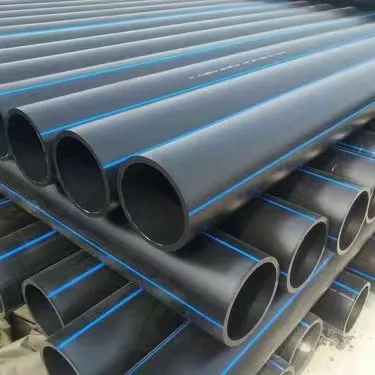
(polypropylene extrusion machine)
FAQS on polypropylene extrusion machine
Q: What are the primary applications of a polypropylene extrusion machine?
A: Polypropylene extrusion machines are used to produce films, sheets, and filaments for packaging, automotive parts, and textiles. They melt and shape polypropylene granules into continuous profiles. These machines are ideal for high-volume manufacturing.
Q: How does an extrusion compounding machine enhance material properties?
A: Extrusion compounding machines mix additives like fillers or stabilizers into polypropylene during processing. This improves thermal stability, strength, or UV resistance. The result is a customized material tailored for specific industrial needs.
Q: What advantages does a 3-layer extrusion machine offer?
A: A 3-layer extrusion machine combines different materials (e.g., recycled+virgin polypropylene) into a single product. It optimizes cost, performance, and barrier properties. Common uses include food packaging and moisture-resistant films.
Q: Can a polypropylene extrusion machine handle recycled materials?
A: Yes, many polypropylene extrusion machines are compatible with recycled pellets. Proper filtering and drying systems ensure consistent melt flow. This supports sustainable manufacturing practices.
Q: What maintenance is required for extrusion compounding machines?
A: Regular screw and barrel inspections prevent wear from abrasive additives. Cleaning between material changes avoids cross-contamination. Lubrication of gears and motors ensures long-term efficiency.
-
Innovative Solutions in PVC Pipe Production LineNewsJul.18,2025
-
Innovative Solutions in Pipe Extrusion Production LineNewsJul.18,2025
-
Advanced Plastic Profile Extrusion SolutionsNewsJul.18,2025
-
PVC Profiles: The Future of Durable and Cost-Effective Construction SolutionsNewsJun.06,2025
-
PVC Pipe Extrusion LineNewsJun.06,2025
-
High-Quality Polyethylene Pipe Production LineNewsJun.06,2025
-
High-Performance Tube Production LineNewsJun.06,2025

